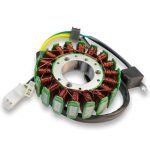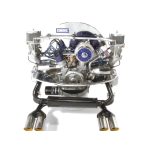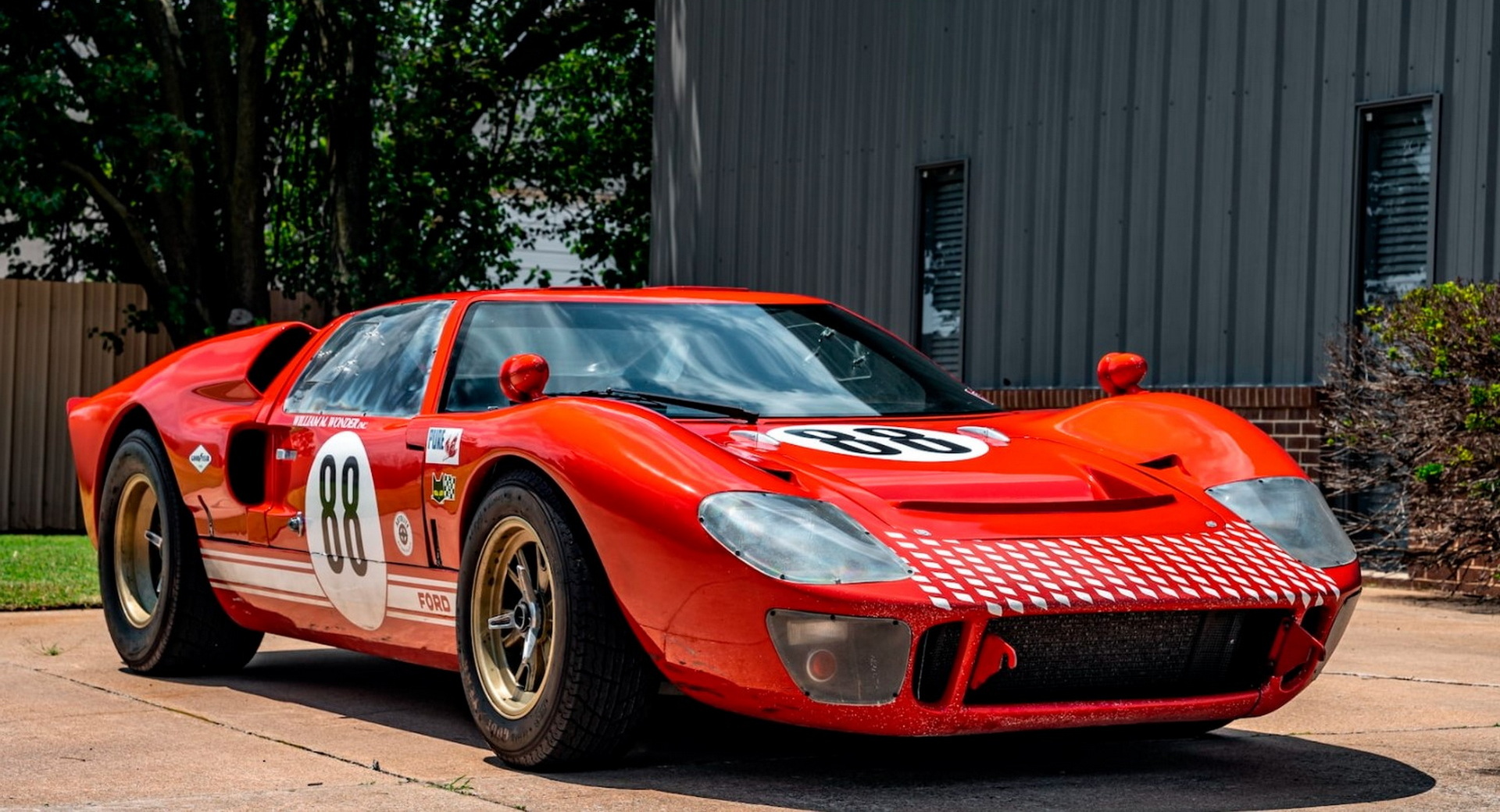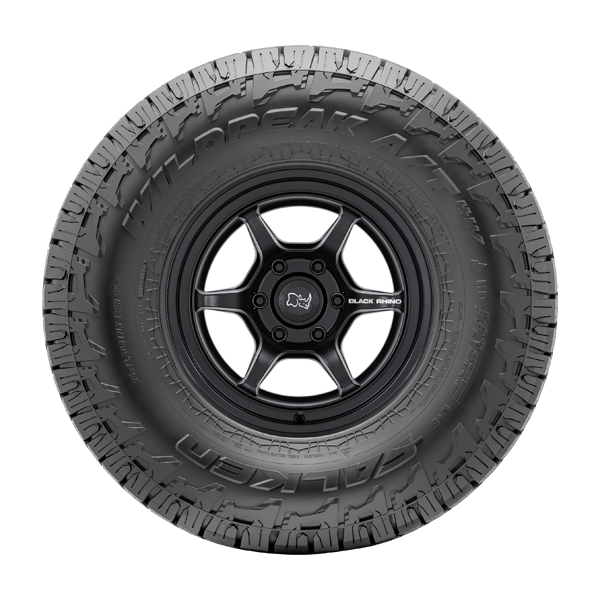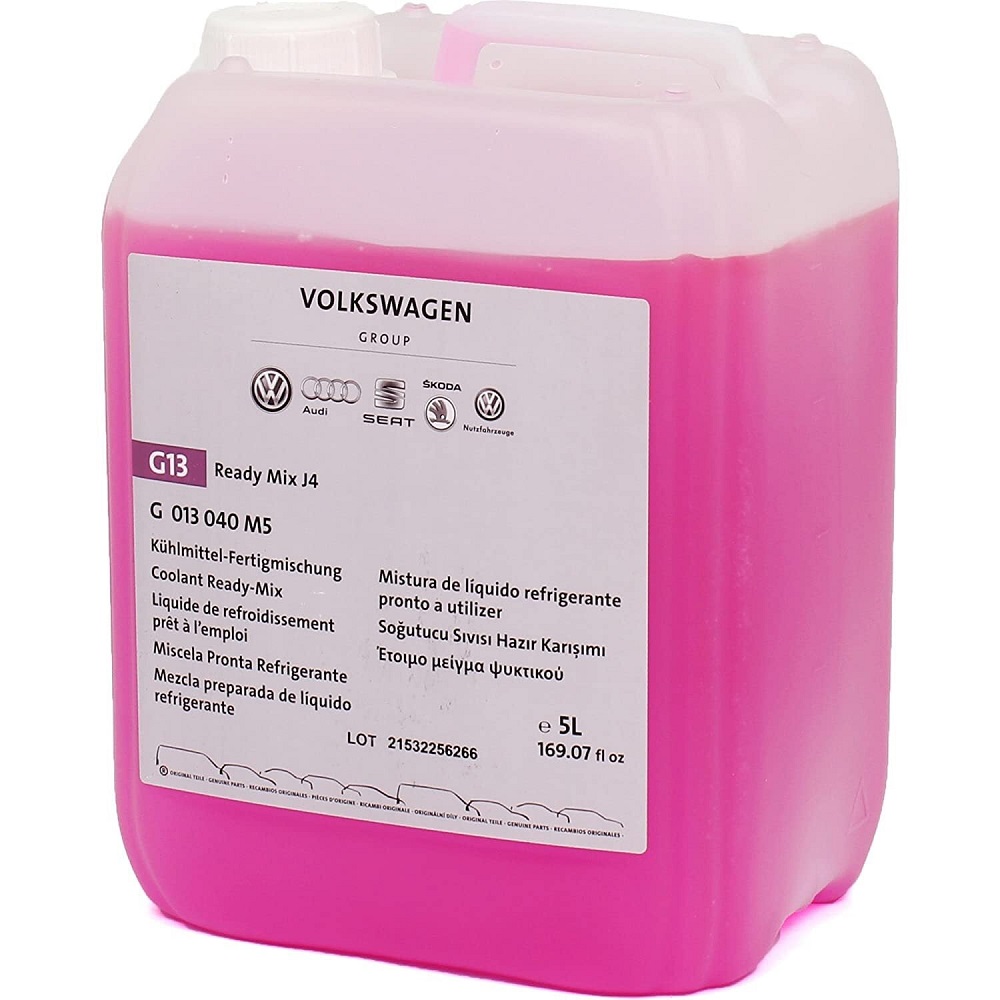The Ford GT40 is a legendary race car, renowned for its triumphs at Le Mans in the 1960s. This icon of speed and engineering prowess has captured the hearts of car enthusiasts for decades. For those who dream of owning a slice of racing history, constructing a Ford GT40 replica is a thrilling project that brings the legacy of this incredible machine into the garage of the dedicated hobbyist. This venture requires meticulous planning, sourcing of parts, dedication to craftsmanship, and a bit of ingenuity. Below is a roadmap to help guide you through the process of building your very own GT40 replica.
Planning Your Build: Setting the Groundwork
Before turning wrenches and applying paint, a successful build starts with thorough research and planning.
Choosing the Right Kit Manufacturer
Your GT40 replica journey begins with selecting a reputable kit manufacturer. Investigate companies with a track record of quality and support. Ensure that their GT40 kit provides authenticity in appearance and delivers in terms of performance. Compare reviews, talk to past customers, and make an informed decision that suits your budget and skill level.
Mastering the Build Sheet
Once you’ve chosen a kit, study the build sheet and manuals carefully. Understanding every component and its purpose is essential. Create a timeline for the build, establish a budget for unforeseen expenses, and set realistic milestones to keep the project on track. Organization is key—keep detailed records of every purchase and maintain an inventory of parts.

Sourcing Parts and Components
The next step in building your dream car is gathering all the necessary components that will bring your replica to life.
Engine and Drivetrain
Sourcing a powerplant for your GT40 replica is a thrilling challenge. The original GT40 came with a variety of engines, with the 289 cubic inch V8 being one of the most iconic options. Modern builders might choose a vintage Ford small-block or look to more contemporary options for better reliability and power. For the drivetrain, pursue period-correct manual transmissions that will not only look the part but also provide an authentic driving experience.
Wheels, Tires, and Suspension
The GT40’s stance and handling are vital to its performance and aesthetics. Source period-correct wheels or replicas that complement the car’s iconic design. Select tires that are suited for your intended use—street legality and performance are significant factors. Suspension components must be robust and, if possible, adjustable. Performance shocks and struts will improve the replica’s handling dynamics substantially.
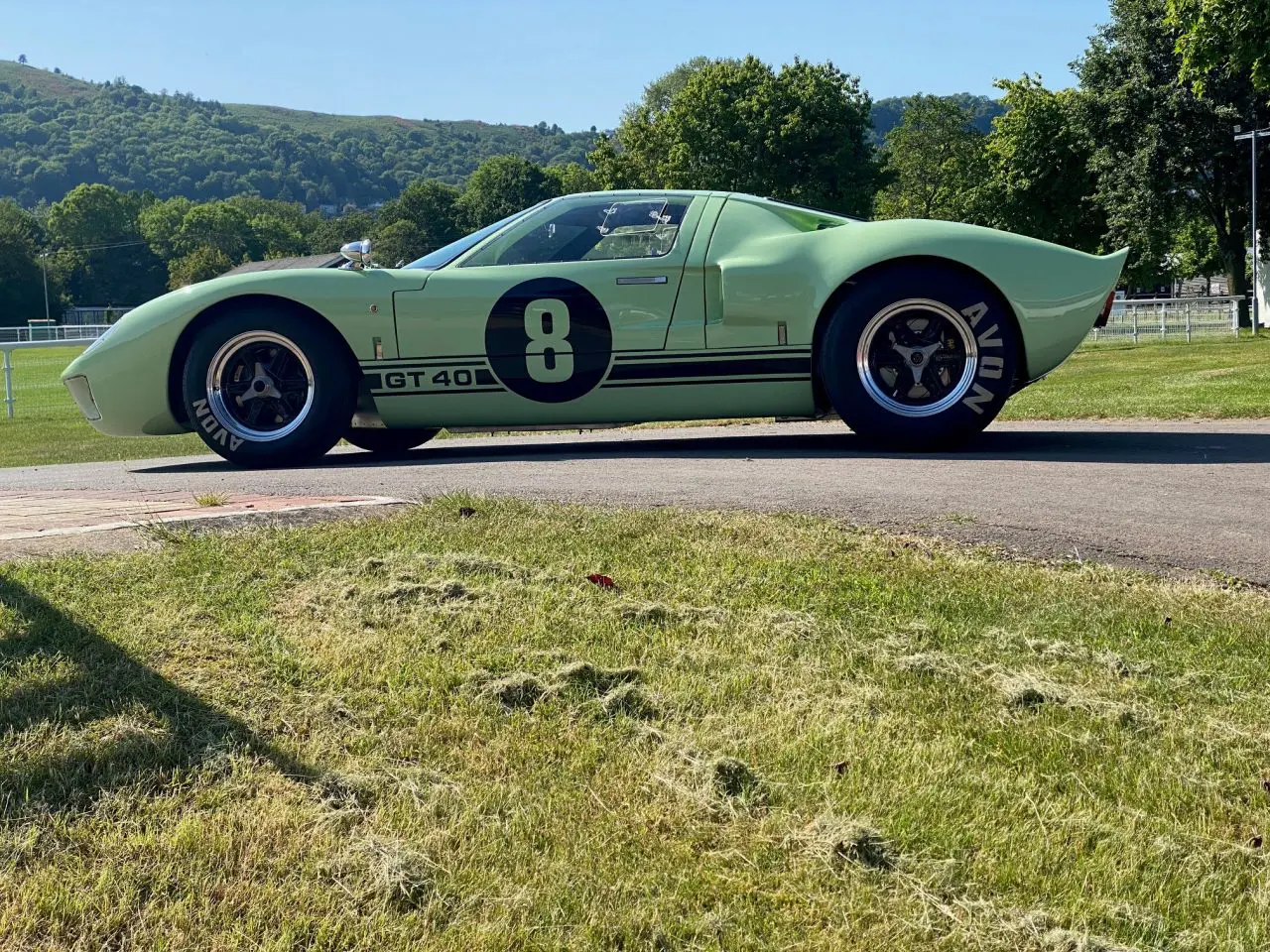
The Build Process: Turning a Kit into a Car
With planning complete and parts in hand, the build process is where your GT40 will take shape. This is a test of patience and skill, with attention to detail being paramount.
Chassis Assembly
Begin with the chassis by following the kit instructions for a proper foundation. It’s the skeleton of your GT40 replica, so precision here is crucial. Ensure all joints and welds are strong and meet safety standards. This stage sets the tone for the entire build, so take your time and double-check alignments and clearances.
Crafting the Bodywork
The unmistakable silhouette of the GT40 comes next with the assembly of the bodywork. Whether fiberglass or aluminum, fitting body panels require finesse to align correctly. Here is where the GT40’s curves come to life, so patience is essential. Once fitted, sanding and painting will give your replica that show-stopping shine synonymous with the GT40.
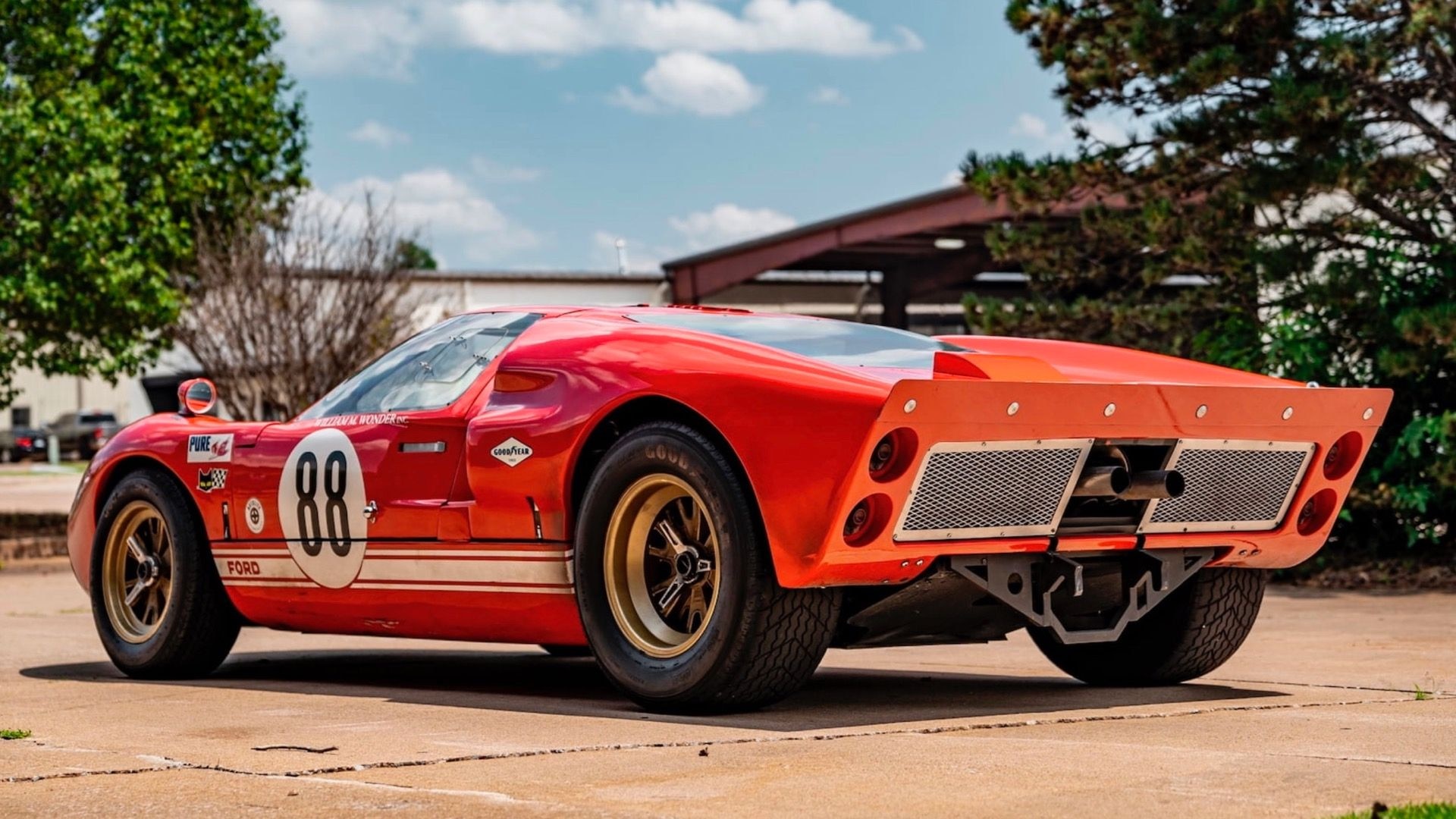
The Finishing Touches: Attention to Detail
The difference between a good replica and a great one lies in the meticulous details that honor the GT40’s legacy.
Interior and Accessories
No GT40 replica would be complete without a period-correct interior. Installing seats, harnesses, gauges, and switches reminiscent of the 1960s race car will add authenticity to your build. Every knob and button should reflect the era, contributing to the overall vintage racing atmosphere inside the cockpit.
Testing and Tweaking
After assembly, a rigorous testing phase is essential to ensure everything operates as intended. Test every system, from electrical to cooling, to confirm functionality. Take the car through its paces with some gentle driving, noting areas that need adjustments. Once satisfied with its performance and reliability, your GT40 replica is ready to exhilarate on the open road or the track, a testament to your dedication and passion for the craft of car building.
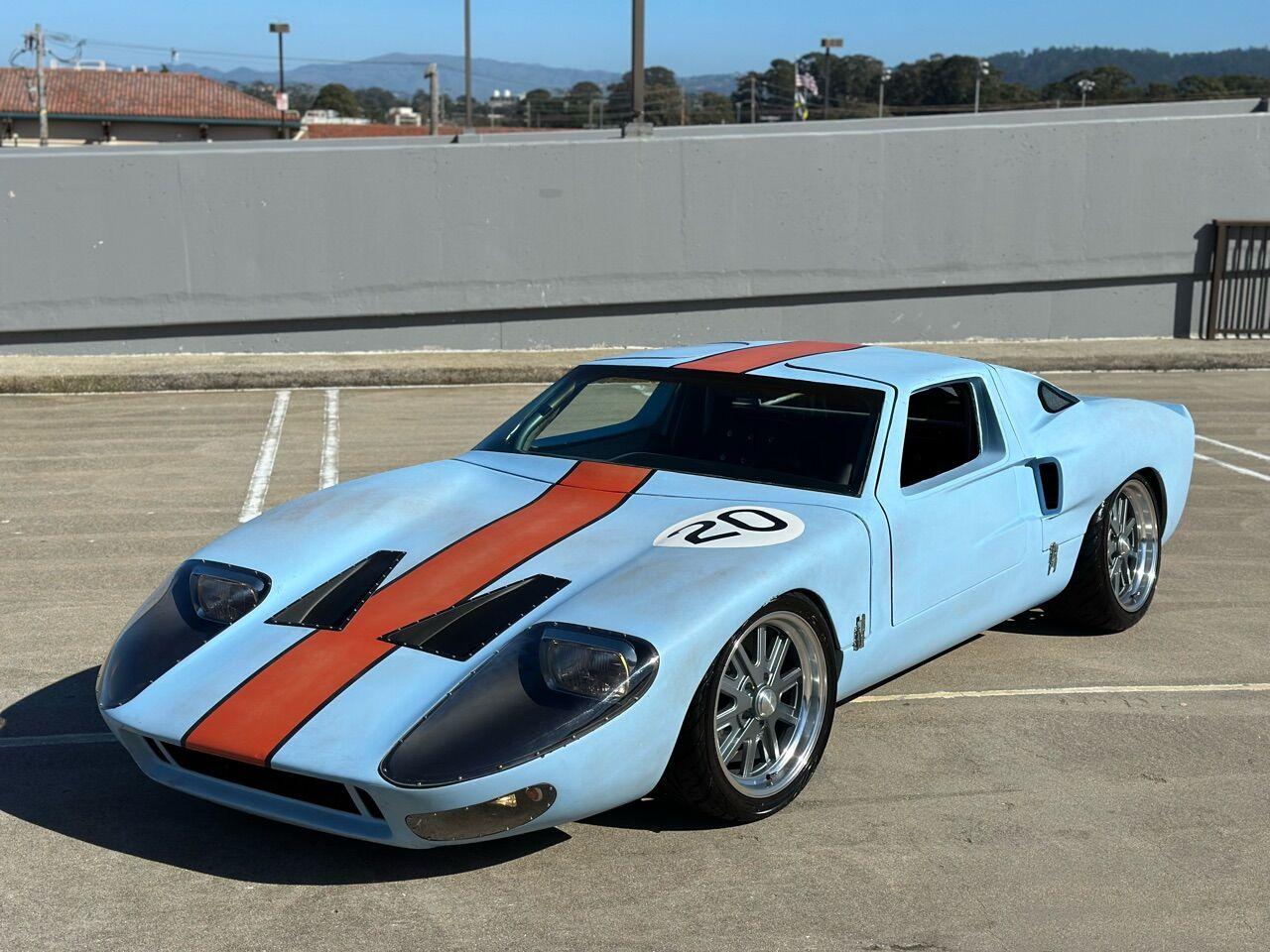
Customization and Personalization
While building an authentic replica is the goal for many, there’s also room for personal touches that differentiate your GT40 from others.
Beyond the Blueprint
As builders wade further into the project, they often discover opportunities to inject personal style into their replica. Custom paint schemes that pay homage to famous liveries or personal color preferences can make your GT40 stand out. From the interior upholstery to the choice of dashboard materials, these individual choices add character and uniqueness to your vehicle.
Modern Upgrades for Enhanced Performance
Purists may aim for complete authenticity, but some builders prioritize performance by integrating modern technology into their replicas. Upgraded braking systems, contemporary electronics, and advanced engine management systems can enhance the driving experience while maintaining the classic aesthetic. These judicious choices can improve reliability and efficiency without detracting from the car’s historic charm.
Attention to Ergonomics
One area of personalization that often gets overlooked in replica builds is ergonomics. The original GT40 was built for racing, with a tight cockpit and minimal comforts. Builders have the freedom to modify the interior for a more comfortable fit, better visibility, and ease of control, making the car more suitable for regular driving, touring, or attending car meets.
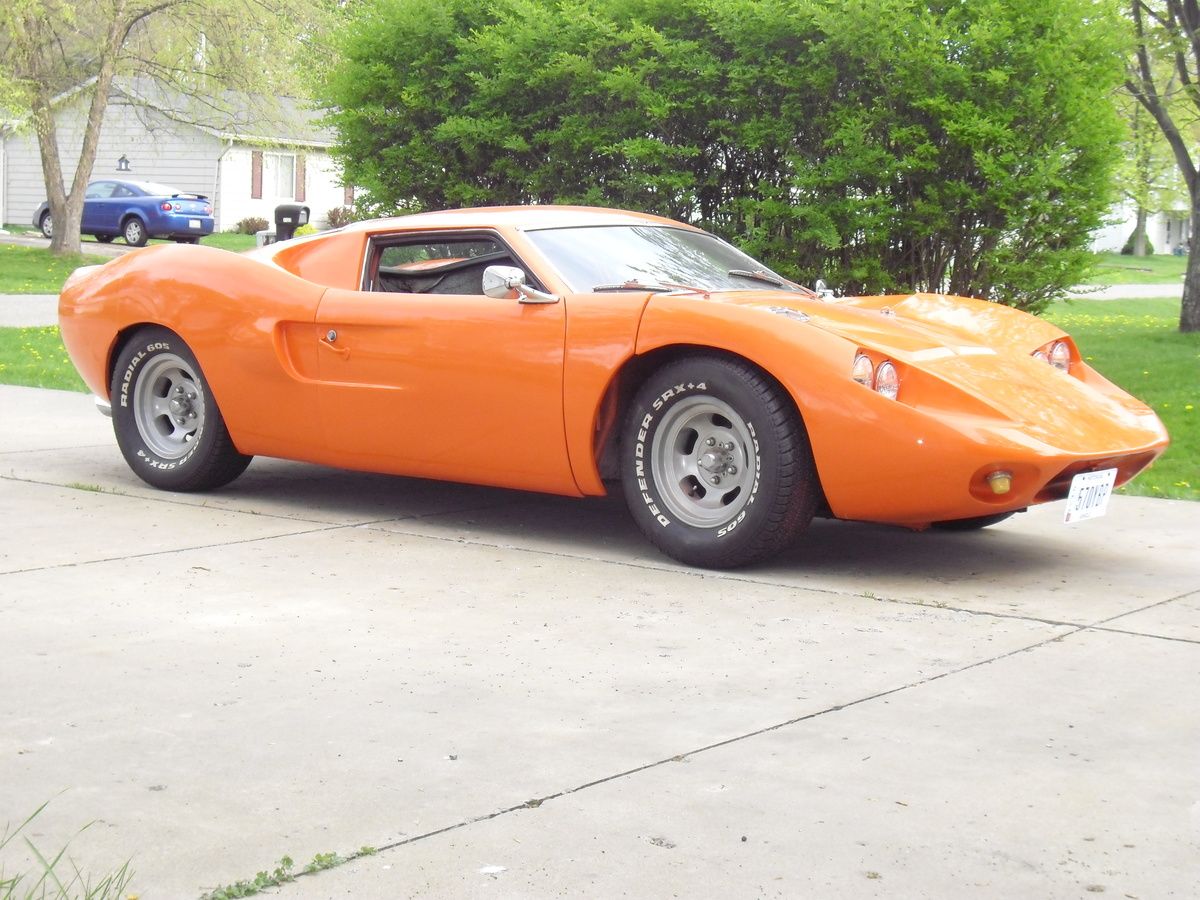
Troubleshooting and Overcoming Challenges
Any project car build, especially one as complex as a GT40 replica, is bound to encounter challenges along the way. Addressing these hiccups is part of the journey.
Expect the Unexpected
Even with meticulous planning, builders will face unexpected issues. Sourcing parts can sometimes lead to delays, or certain components may not fit as precisely as predicted. It’s crucial to maintain a problem-solving mindset and seek advice from fellow builders, forums, and the kit manufacturer’s customer service. Having a contingency plan and being adaptable helps navigate these obstacles.
Learning and Adapting
Every build is a learning experience, especially when it involves replicating such an iconic car. There’s often a need to acquire new skills or refine existing ones, such as welding, electrical work, or fiberglass molding. Embrace the process as an educational journey; each snag along the way adds to your expertise and craftsmanship.
The Reward of Perseverance
Completing a GT40 build is a significant achievement. While there will be moments of frustration, the end result is deeply rewarding. Taking your handmade creation on its maiden voyage is an incomparable thrill. The pride taken in overcoming challenges makes the first roar of the engine and the first press of the accelerator that much sweeter.
In the end, the journey to construct a Ford GT40 replica is just as important as the destination. It’s a testament to one’s dedication to craftsmanship and the celebration of automotive history. As you enjoy the fruits of your labor on the open road or at an event, remember that each mile driven is a part of your legacy—a signature on the tarmac that traces back to an era of racing glory made tangible by your hands.
